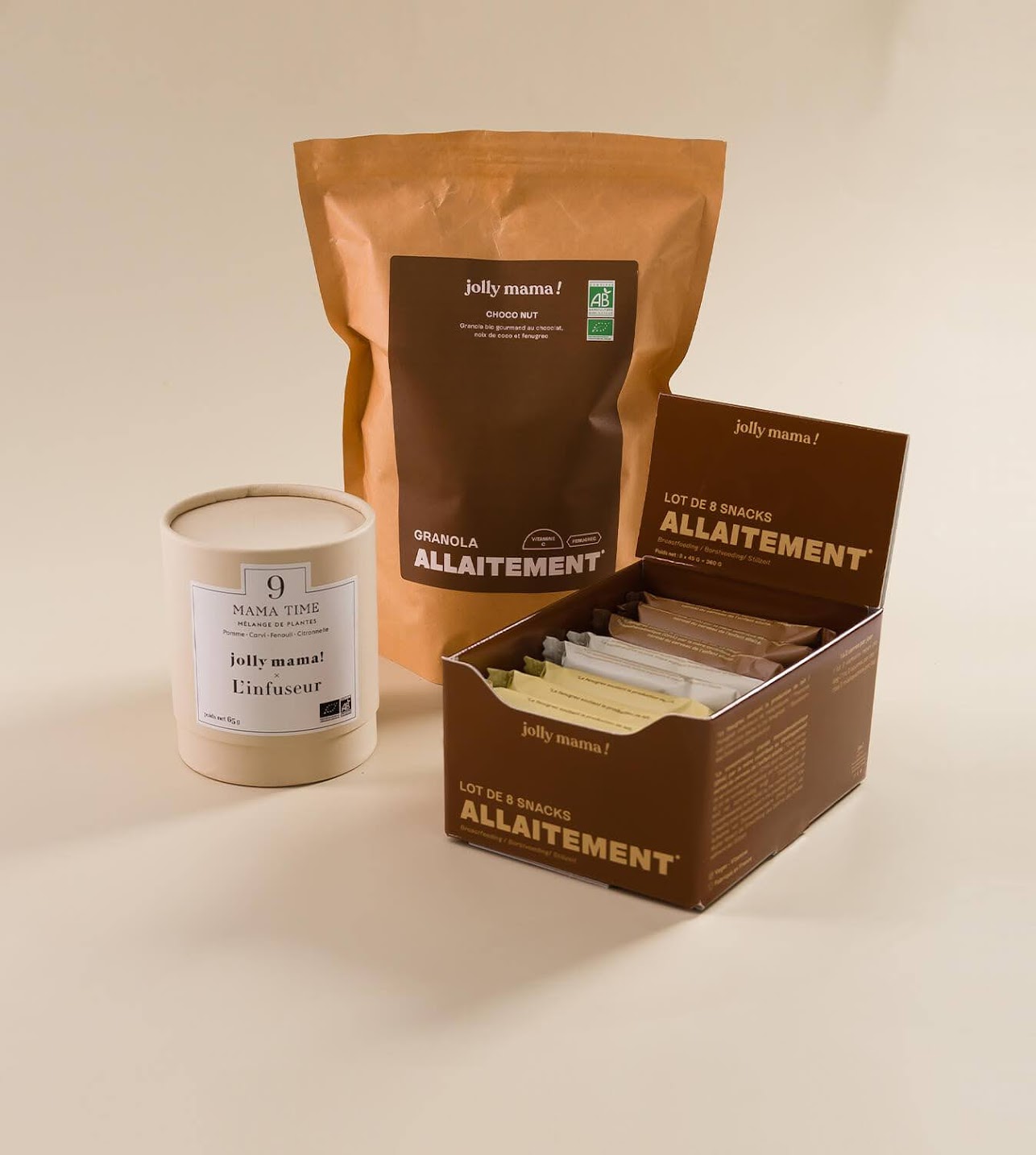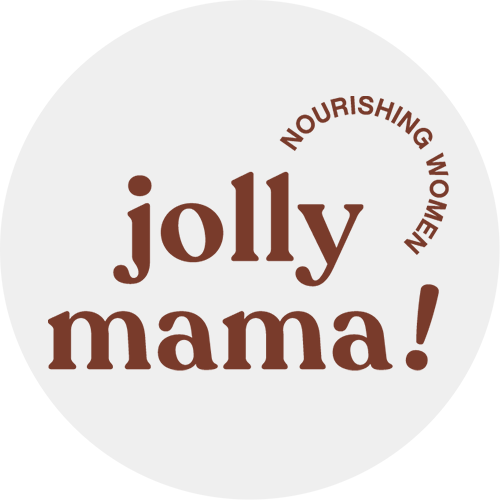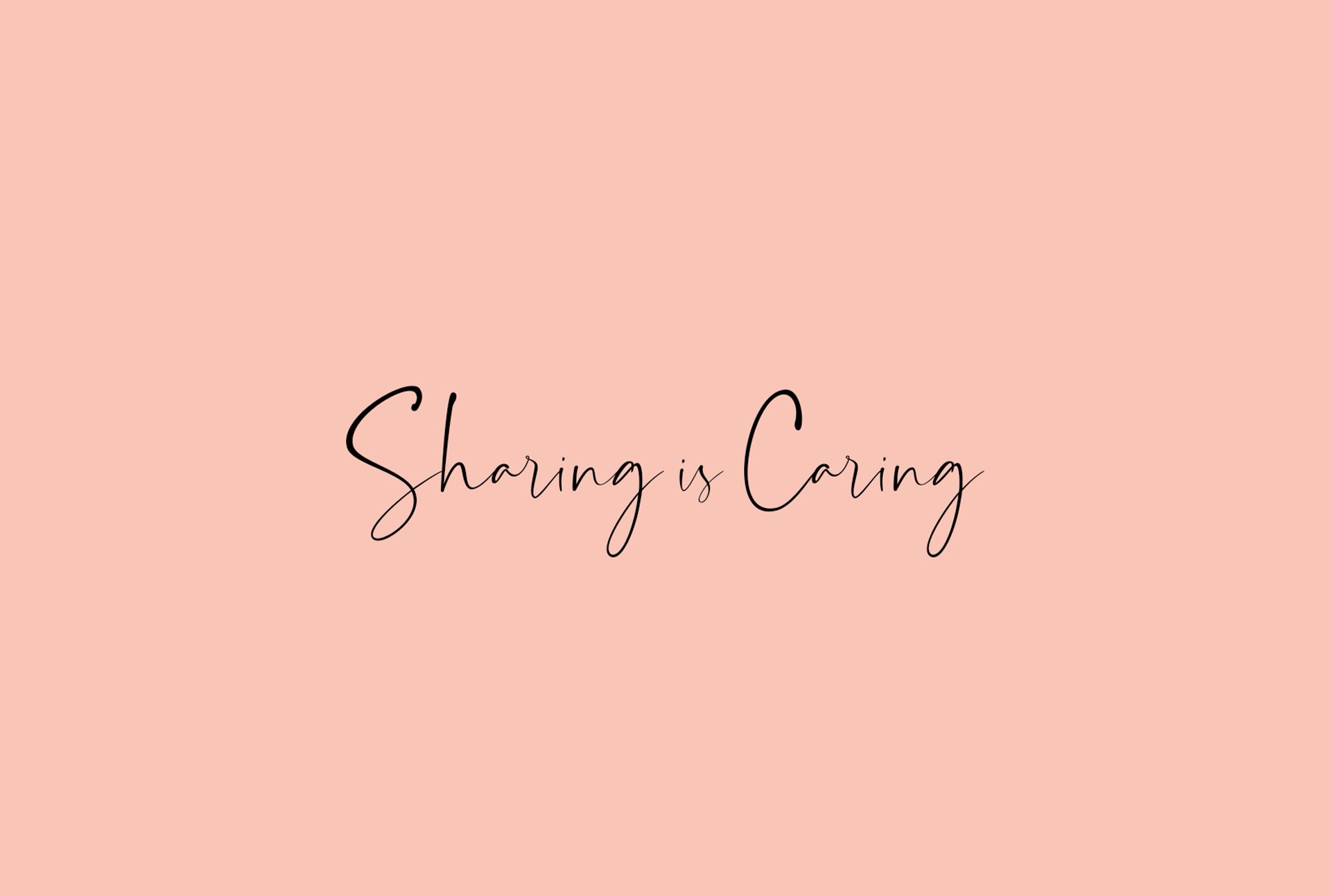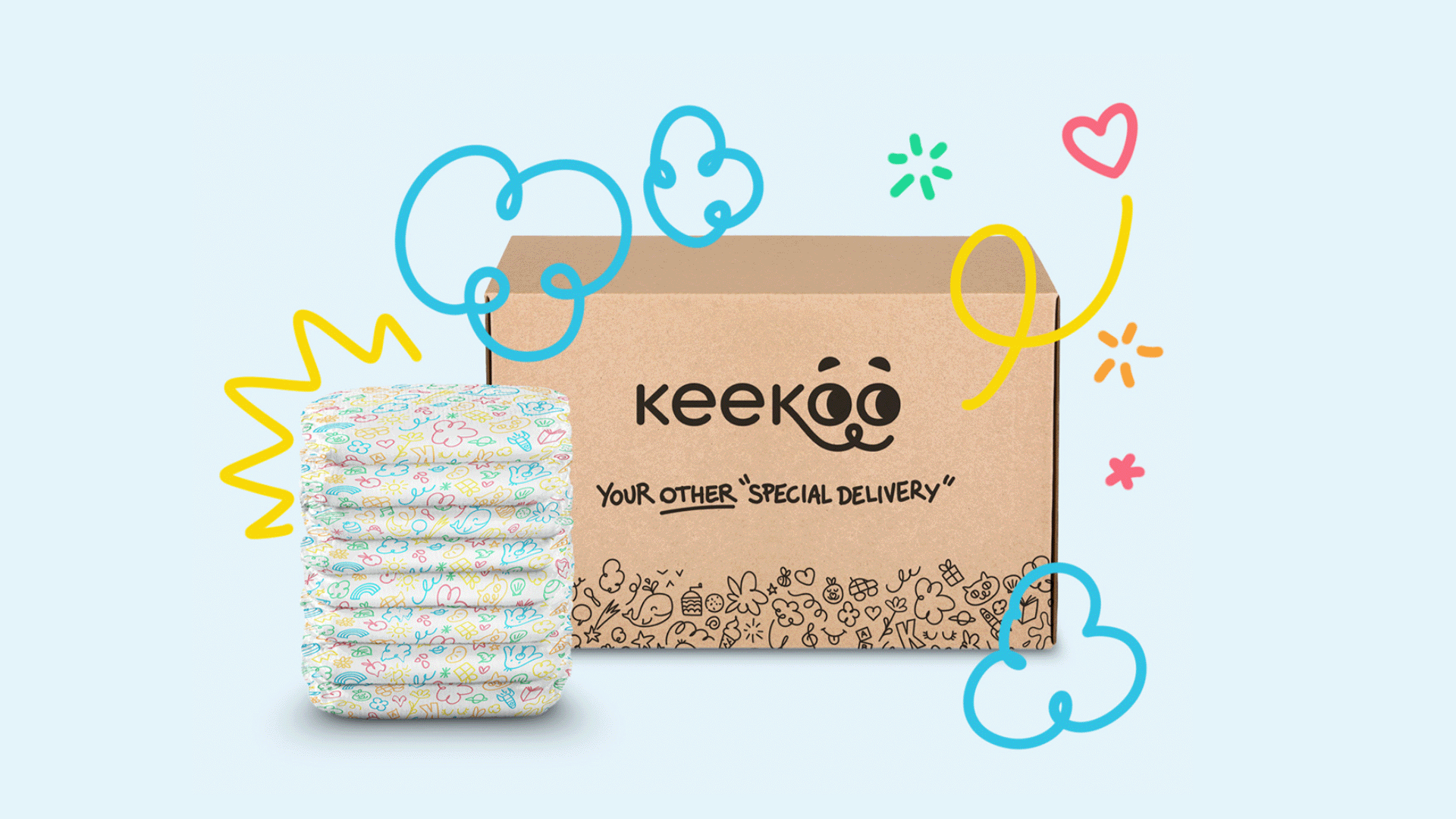Baby's here at last, and we think the hardest part is over, but then the questions about breastfeeding quickly arise. Breastfeeding, bottle-feeding, mixed feeding, breast pumping? If you choose the former, how does it work in practice? When does the famous milk rush occur? Is it instinctive? Is it painful? Will there be enough? On the occasion of Swiss Breastfeeding Week, in collaboration with Jolly Mama, a brand of snacks and supplements for young mothers, we're giving you information and advice on everything you need to know about breastfeeding and lactation.

What exactly is lactation?
At the end of pregnancy, but especially at birth, the body naturally produces what is known as colostrum, a thick, yellow liquid packed with micronutrients. Even before you start feeding your baby, colostrum will meet its primary needs. It then transforms into a thicker, more lactose-rich milk. This stage is known as the milk supply.
How long does it take?
Whether you gave birth vaginally or by Caesarean section, whether you decide to breastfeed or not, you will experience a milk surge. It's conditioned by the drop in your post-partum hormones, but there's another hormone that comes into play: prolactin. It's prolactin that makes breastfeeding possible.
It takes an average of 3 to 4 days (5-6 days at the latest) after giving birth for your milk to come in. In all cases, ask a lactation consultant or midwife to support you in this learning process.
What are the signs of lactation?
It varies from one woman to another. Generally, breasts swell and feel tense, while others feel nothing at all. Rest assured, your milk won't come out on its own or squirt out like a hose (smile). It's your baby's latching on to your breast that's going to generate oxytocin production and make the milk come out. Nature's well done, isn't it!
How can I relieve the pain of lactation?
This may sound like a strange answer, but the more your baby sucks, the less pain you'll feel (smile). In the first few weeks, it's normal for your baby to suck 12, 15 or more times a day. The more you breastfeed on demand, the less likely you are to become engorged, and the easier it will be for you to breastfeed. With each suck, your breasts will be drained and less sensitive. To help your baby suckle if your breasts are tense, pinch them to make it easier for him to latch on, or massage them beforehand.
There are a number of tips to help you, such as :
- Cold compresses or wipes (refrigerated) to slip into your bra for better drainage and reduced swelling.
- Silver cups, available from chemists. Worn between feeds, they have a healing effect on cracked nipples. They are made of solid silver, which has bactericidal and healing properties. Or the famous nursing shells.
- A hot shower to relieve tense breasts. Run warm water over your breasts or soak them in a bowl of hot water while massaging them to drain.
- Squeeze kale leaves well beforehand to release their anti-inflammatory and analgesic properties, and place them on your chest for around 20 minutes.
- Specific gestures/massages. Ask a midwife or lactation consultant to show you.
But most of the time, breastfeeding your baby is the best way to prevent or relieve engorgement!
How do you stimulate the onset of lactation?
First and foremost, don't look at your watch and try to relax as much as possible. Immediately after birth, your baby will be put on you. They will instinctively seek out your breast, attracted by its scent, which is identical to that of the amniotic fluid.
In the first few weeks, it's important to let your baby feed on demand, as only he knows how much milk he needs. Don't set yourself specific targets, such as leaving 3-4 hours between feeds. Trust your baby. In the first few days, it's perfectly normal to feed every hour or two. The more your baby feeds, the more milk you'll produce. Your baby feeds, of course, but also feels protected by being close to you.
How long does each feed last?
There's no rule, but we advise you to let your child feed as long as he likes. For some, 20 minutes is enough, while for others it can take up to 45 minutes per feed. Before giving him the second breast, wait for him to let go of the first spontaneously. You can then start with the other breast at the next feed. In the first few weeks, a baby can suckle an average of 8 to 12 times in 24 hours, or even more.
Just because your baby is still suckling doesn't mean you're not producing enough milk, or that he's having trouble suckling. If your baby wets 5 to 7 diapers a day, he's feeding well enough.
During growth peaks (between 2-3 weeks, at 6 weeks and 3 months), your child will need to suckle a lot. Let him do so, without worrying about timing or frequency.
Don't hesitate to ask for help!
Breastfeeding can be easy for some and complicated for others. If you feel like breastfeeding but it's not working, or it's painful, ask for help! Above all, don't go it alone. Enlist the help of a midwife or lactation consultant, who can advise you by checking that your breastfeeding position is optimal (if it isn't, painful cracks can appear), and also by making sure that your child is able to latch on correctly. Some babies may have a tongue-brake problem, i.e. their tongue is too attached to the roof of their mouth, preventing it from moving properly.
MotherStories is there for you if you want to talk or get advice. Our network of specialists can help you find the contact details of a midwife or lactation specialist close to you, but above all recommended by the moms in the community.
#Selfcare
As a new mother, taking care of yourself is essential! You need to create a calm environment conducive to breastfeeding. Stress can block the production of oxytocin, which influences the milk ejection reflex. Try to gently convey to those around you that you need to be alone with your baby, especially in the early days. Allow yourself to be pampered and, above all, don't put pressure on yourself by comparing yourself to other mothers or by setting over-ambitious goals. Be indulgent and caring.
We wish you all a serene and fulfilling breastfeeding experience.




Jolly Mama
We mentioned Jolly Mama in our introduction, with whom we are collaborating for Swiss Breastfeeding Week. This brand of organic, healthy snacks for young mothers (and pregnant women too) is an ideal companion during breastfeeding. Containing fenugreek, among other ingredients, Jolly Mama squares help milk to flow. They're also packed with vitamins and minerals, and are delicious.
Discover the Jolly Mama website, a goldmine of information and practical advice on breastfeeding.


Jolly Mama
contact@jollymama.fr
www.jollymama.fr



















Share this article